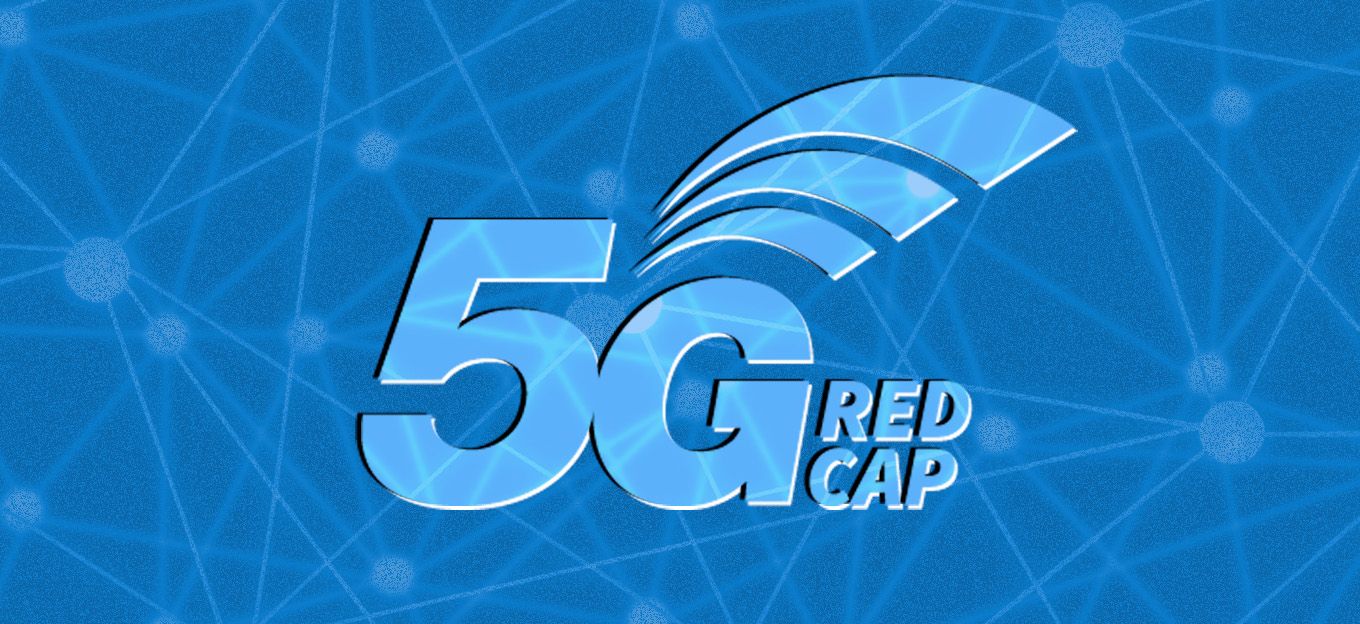Predictions For IoT in 2024
Predictions For IoT in 2024
- Last Updated: December 2, 2024
ZARIOT
- Last Updated: December 2, 2024



The cellular Internet of Things (IoT) industry has matured significantly and become a mainstream technology and will continue to do so in 2024. Market to grow at 16 percent CAGR until 2027; adoption remains robust with no signs of slowing.
More organizations are reaping the benefits of IoT, enabling them to streamline processes and reduce operating costs. Stakeholders innovate IoT solutions for diverse use cases in the value chain.
As we kick start the new year, the biggest questions swirling around IoT are which key trends will we expect to see in 2024. Let's take a look at the year ahead and discover what the future has in store.
2024 Predicted Trends
#1: Cellular Connectivity
According to IoT Analytics, in 2023, global shipments of cellular IoT modules and chipsets have declined 18 percent from the previous year. Yet, global cellular IoT connections grew 27 percent in 2023, surpassing the growth rate for global IoT connections.
This growth is due to the adoption of newer technologies such as LTE-M, NB-IoT, LTE-Cat 1, and LTE Cat 1 bis, as older technologies such as 2G and 3G are phased out.
The maturing cellular IoT market drives simpler, flexible, holistic solutions for optimized resource management.
#2: IoT Devices
The dramatic growth in use cases across all verticals from connected cars to medical devices continues to drive new advances in IoT devices. Rapid adoption is also expected to further drive down costs of individual IoT devices, with devices as low as $0.38 per unit. Consequently, mass deployments of thousands of devices will become even more affordable.
Device challenges persist, but 5G infrastructure investments drive rapid improvements in battery life, security, standardization, and scalability. More smart devices are deployed to monitor all facets of resource management from traffic flow to air quality.
#3: AI & ML Capabilities
As devices become more sophisticated, we expect to see the addition of generative Artificial Intelligence (AI) and Machine Learning (ML) capabilities. These technologies have also been growing rapidly, accompanied by advancements in data collection, analysis, and processing. IoT yields data; AI and ML leverage enhanced connectivity and processors for smarter, accurate actions.
This report by Deloitte finds that the integration of AI and ML in IoT results in 20-50 percent reductions in their time invested in maintenance planning, a 10-20 percent increase in equipment availability and uptime, and a 5-10 percent reduction in maintenance costs.
#4: Movement Toward eSIMs & iSIMs
Industry forecasts suggest there will be 3.4 billion eSIM-enabled devices by 2025. As eSIMs become increasingly popular, service providers are already of innovative ways to capitalize on the technology and expand current offerings.
ISIM adoption and proliferation are also expected to increase. ISIMs open a new world of opportunity for IoT, especially for connected automobiles. However, change comes slowly in this sector. 2024 could see more car manufacturers forming partnerships with service providers for more extensive features in autonomous and connected cars so that users have more options.
#5: IoT Platforms
In addition to more AI/ML features, IoT platforms are likely to increase functionality, while simplifying integrations with existing or third-party architecture. Ensuring that managing an IoT suite becomes an achievable and seamless reality for projects and organizations of all sizes.
The IoT platform must also be able to enable rapid scaling by supporting thousands of devices and data points. Platforms are also becoming increasingly customizable to meet unique business needs. IoT platforms are also moving towards prioritizing security with essential features like end-to-end encryption, user authentication, and access control.
#6: 5G Rollouts
Another cellular IoT trend for 2024 is 5G rollouts. According to the latest Ericsson Mobility Report, the number of 4G/5G IoT connections is expected to double in 3–4 years.
The growing demand for enhanced IoT connectivity and the emergence of NR-RedCap as a cost-effective and energy-efficient solution for low-complexity devices are driving adoption as they enable new IoT applications and use cases that cater to the vast IoT ecosystem of low-power, low-bandwidth devices.
As a result, we expect service providers to continue investing in 5G and NR-RedCap infrastructure this year.
#7: IoT Ecosystem Collaboration
This year, we see more system integrators focusing on deep domain knowledge and expertise in specific industries. By customizing IoT solutions and flexible deployment options that meet the current and evolving requirements of clients in these industries.
We also expect to see more collaborations and partnerships in the IoT ecosystem to provide access to a broader range of technologies and capabilities to enhance the overall value proposition for customers.
#8: Cybersecurity & Data Privacy Regulations
Last but not least, IoT solutions must continue to address cybersecurity and data privacy concerns. There will continue to be a regulatory and legislative focus on providing robust security measures to protect IoT devices, networks, and data from potential cyber threats.
In summary, 2024 will be another year of consolidation and specialization of niche IoT companies for cellular.
The Most Comprehensive IoT Newsletter for Enterprises
Showcasing the highest-quality content, resources, news, and insights from the world of the Internet of Things. Subscribe to remain informed and up-to-date.
New Podcast Episode

Moving Past the Pilot Phase in IoT and AI
Related Articles




